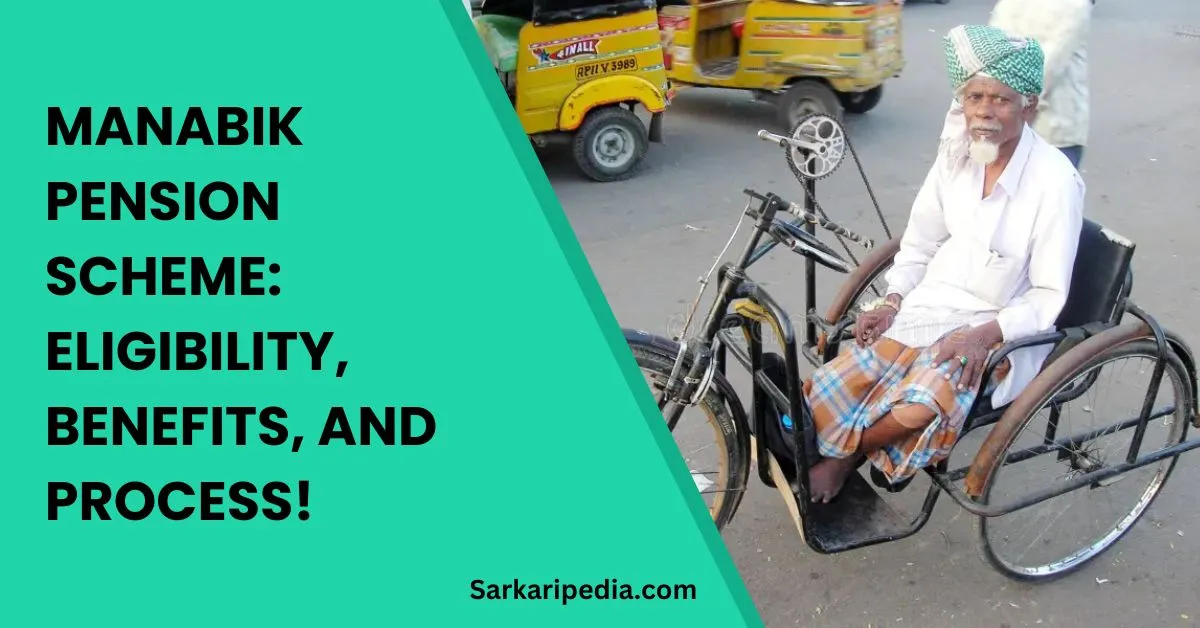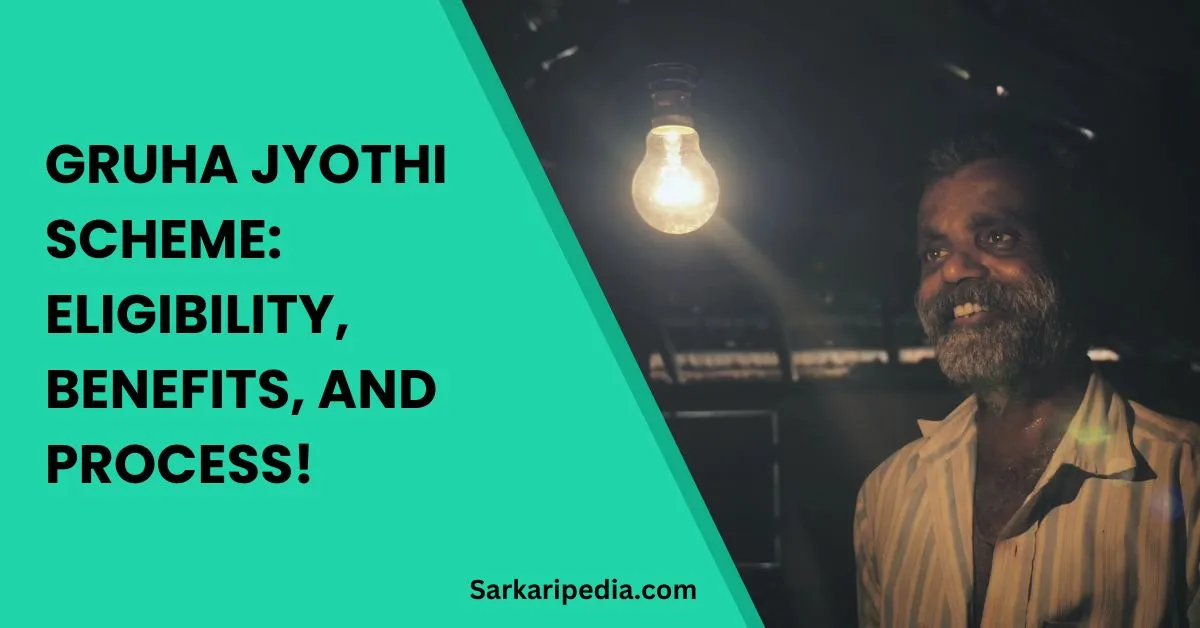The Atma Nirbhar Bagwani Yojana is a progressive effort that encourages farmers to become self-sufficient by implementing modern farming techniques. This program encourages the adoption of cutting-edge horticulture technologies to boost farmers’ revenues by improving sustainability and productivity.

What is Atma Nirbhar Bagwani Yojana?
The Arunachal Pradesh government established a bank-linked credit subsidy system known as the “Atma Nirbhar Bagwani Yojana” (ANBY). The scheme’s goal is to provide financial and technical help to farmers involved in horticulture.
Purpose
The effort aims to assist the targeted communities, particularly those from rural areas, who work in horticulture, such as vegetable agriculture, fruit orchards, and flower production.
The scheme supports them in enhancing agricultural output and empowers farmers by providing them with the tools and knowledge for their survival that will help them to improve production as well.
Related Scheme: Rajiv Gandhi Kisan Nyay Yojana
Target Group:
- Youth/individual farmers
- Self-Help Groups (SHGs)
- Farmers Producer Organizations (FPOs)
The following components are available for support.
Component Name:
- Orange garden
- Banana garden
- Areca nut garden
- Avocado garden
- Power Tiller (9HP & 13 HP)
- Power weeder (6 HP)
- Brush Cutter
- Manual Tool kit
- On Farm Aggregation Centre
- Green House
- Shade Net House
Benefits
There are many advantages offered under the Atma Nirbhar Bhagwani Yojana that aim to improve horticultural techniques and support farmers. Here are the benefits.
- Financial Assistance
- Training and Technical Support
- Improved Productivity
- Market Linkages
- Sustainable Practices
- Employment Opportunities
Related Scheme: Namo Shetkari Mahasanman Nidhi Yojana
Subsidy Details
Individual Farmers: The government offers individual farmers up to a 50% subsidy on the entire project cost, with a maximum limit determined by the project’s size.
Farmer groups, self-help groups (SHGs), and cooperatives: Eligible for a greater subsidy, which is often approximately 60% depending on the nature and criteria of the project.
| Item/Activity | Subsidy Percentage | Maximum Limit |
| Seeds | 50% | ₹10,000 |
| Fertilizers | 50% | ₹5,000 |
| Irrigation Equipment | 40% | ₹15,000 |
| Organic Inputs | 50% | ₹7,500 |
| Training Programs | 100% | No Limit |
Note: Depending on the state government’s particular Atma Nirbhar Bagwani Yojana provisions, the precise percentages and limitations may change.
Eligibility Criteria
Applicants must fulfil the following requirements to be eligible for the ANBY:
- Must be a permanent resident in Arunachal Pradesh
- Should be directly involved in horticultural activities.
- Individual farmers, self-help groups (SHG), and farmer-producer organisations are all options.
- Must have between 0.5 and 25 hectares of farmland.
Ineligibility Criteria
- Should not become a bank defaulter.
- Government employees are generally ineligible.
The Atma Nirbhar Bagwani Yojana Application Process
- To apply, download the ANVY form.
- Enter beneficiary information, together with the LPC/Land allotment number and date, and the total area of land for cultivation.
- Please attach and submit the necessary papers to the Department of Horticulture office.
- Once you have submitted your application, the appropriate authorities will assess it and forward it to the bank for loan approval.
- You will be notified when your application has been approved.
Documents Required
- Aadhaar Card.
- Passport size photograph
- Voter Card.
- Residential Certificate.
- A valid Bank Account
Farmers with the right support and resources can play an important role in helping India achieve agricultural self-sufficiency. The Atma Nirbhar Bagwani Yojana was created for this purpose, as it prioritises farmers’ needs and encourages them to use new and more effective farming methods.
Frequently Asked Questions
The ANBY was launched to support rural farmers working in horticulture.
The scheme focuses on vegetable farming, fruit orchards, and flower production.
Yes, the scheme offers a subsidy to support farmers with their initial setup costs.
The eligible farmers might get 50-60% subsidies based on their project cost.
Yes. The scheme includes farming technologies such as irrigation systems and protected cultivation settings.




